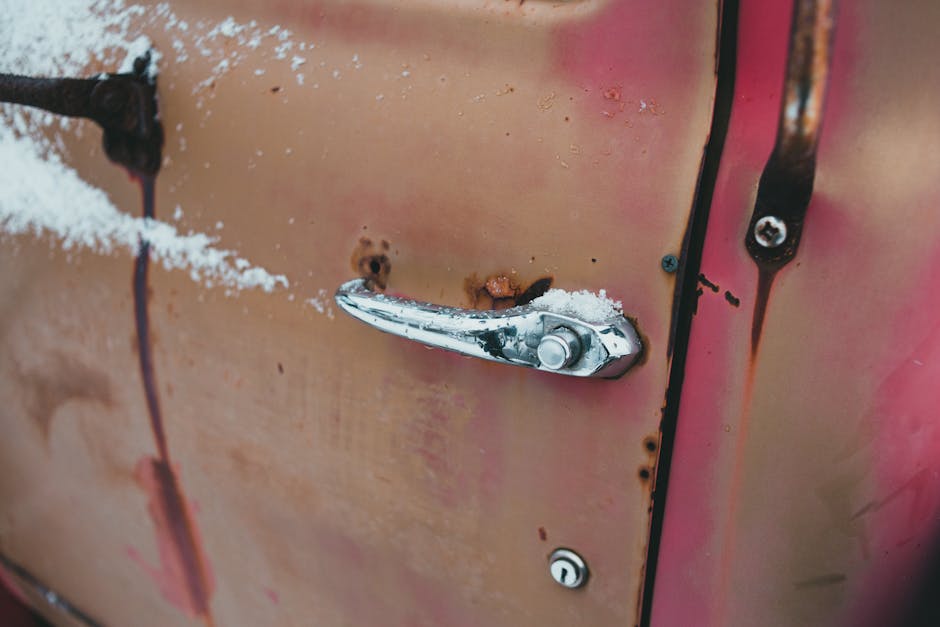How to Identify Genuine Retro Car Parts from Replicas

Retro car enthusiasts often face the challenge of distinguishing genuine vintage parts from replicas. This task can be daunting due to the proliferation of high-quality replicas in the market. Understanding the nuances between authentic parts and reproductions is crucial for maintaining the integrity and value of classic vehicles.
Understanding the Importance of Genuine Parts
Genuine retro car parts hold significant value for collectors and restorers. Authentic parts ensure that the vehicle remains true to its original design and functionality. Using genuine parts can also enhance the car's resale value, as collectors often seek originality in classic cars.
On the other hand, replicas, while often cheaper and more accessible, may not offer the same quality or durability as original parts. They might also lack the historical authenticity that many enthusiasts cherish.
In some cases, using replicas could even affect the vehicle's performance, especially if the part plays a critical role in the car's operation. Therefore, identifying genuine retro car parts is essential for anyone serious about classic car restoration.
Key Indicators of Authentic Retro Car Parts
Several indicators can help you determine whether a part is genuine or a replica. These include:
- Manufacturer's Markings: Original parts often have specific markings or stamps from the manufacturer. These can include logos, part numbers, and other identifying features.
- Material Quality: Genuine parts are usually made from high-quality materials that have stood the test of time. Replicas might use inferior materials to cut costs.
- Wear and Tear: Authentic vintage parts will show signs of age and wear, whereas replicas might look new or artificially aged.
- Documentation: Original parts often come with documentation or provenance that verifies their authenticity.
Using Expert Verification
If you're unsure about a part's authenticity, seeking expert verification can be invaluable. Many vintage car clubs and associations offer authentication services. These experts can examine the part and provide a detailed report on its authenticity.
You can also consult with restoration professionals who have extensive experience in dealing with vintage cars. Their insights can help you make informed decisions about purchasing or using specific parts.
Online forums and communities dedicated to retro cars can also be a valuable resource. Members often share their experiences and knowledge, which can help you identify genuine parts more effectively.
The Role of Provenance
Provenance refers to the documented history of an item. For retro car parts, provenance can significantly impact their value and authenticity. Genuine parts with well-documented provenance are generally more desirable than those without.
This documentation might include receipts, photographs, maintenance records, and previous ownership details. Provenance helps establish a part's history and confirms its originality.
If you're purchasing a retro car part without any provenance, it's essential to proceed with caution. Lack of documentation can be a red flag that the part might be a replica.
The Impact of Market Trends
The market for retro car parts is influenced by trends and demand. High-demand parts are more likely to be replicated due to their profitability. Staying informed about market trends can help you identify which parts are most commonly faked.
Being aware of popular reproduction techniques used in creating replicas can also aid in your identification process. Some common methods include:
- Casting: Replicas made through casting might show slight imperfections compared to original forged or machined parts.
- Plating: Chrome plating on replicas might not match the quality or finish of original parts.
- Stamping: Fake stamps or markings may differ in font style or placement from those found on genuine parts.
A Practical Guide: Comparison Table
| Aspect | Genuine Part | Replica Part |
|---|---|---|
| Manufacturer's Markings | Presents accurate logos and part numbers | Might lack or inaccurately replicate markings |
| Material Quality | High-quality, durable materials | Often uses cheaper materials |
| Wear and Tear | Naturally aged with signs of use | Might appear new or artificially aged |
| Documentation/Provenance | Tends to come with verifiable history | Usually lacks proper documentation |
| Market Trends Impact | Lesser faked if less popular/demanded part | Mainly faked if highly demanded part |
Avoiding Common Pitfalls
Avoiding common pitfalls when purchasing retro car parts involves due diligence and awareness. Here are some tips:
- Do Thorough Research: Understand what genuine parts should look like for your specific vehicle model.
- Buy from Reputable Sources: Purchase from reputable dealers who specialize in vintage car parts.
- Avoid Deals Too Good to Be True: If a deal seems too good to be true, it probably is. Be cautious with unusually low prices.
An example from personal experience involves searching for a specific part for a 1967 Ford Mustang. After encountering several replicas online, I eventually found an authentic piece through a renowned classic car dealer who provided detailed provenance and verification, ensuring confidence in my purchase. Recognizing authentic components requires diligent research, expert verification when needed, understanding market trends, and learning provenance significance; armed with these insights ensures informed decisions enhancing any vintage vehicle project’s success. For additional information on distinguishing authentic vintage auto components accurately while restoring cars authentically—visit sites such as Hemmings Motor News.